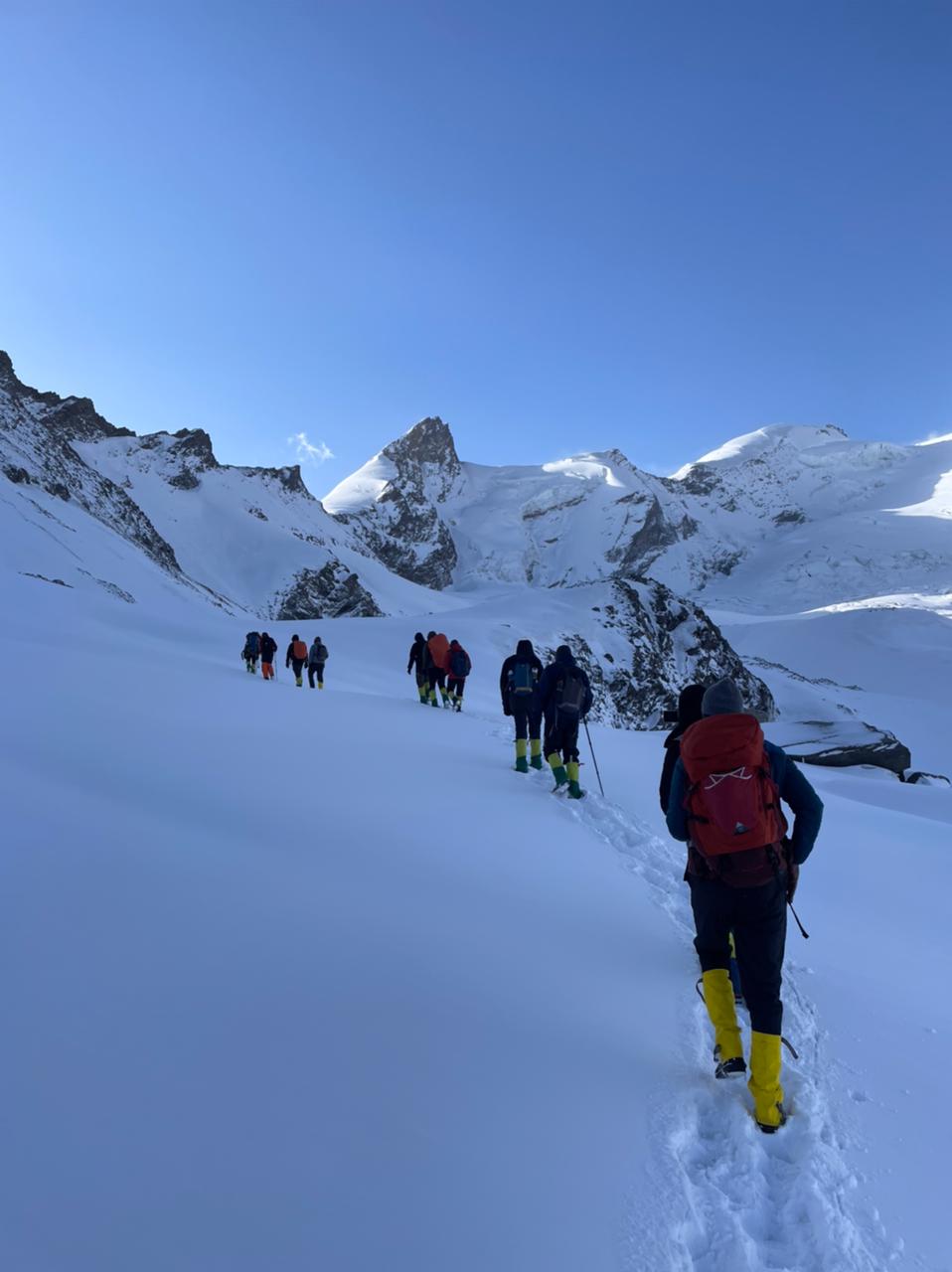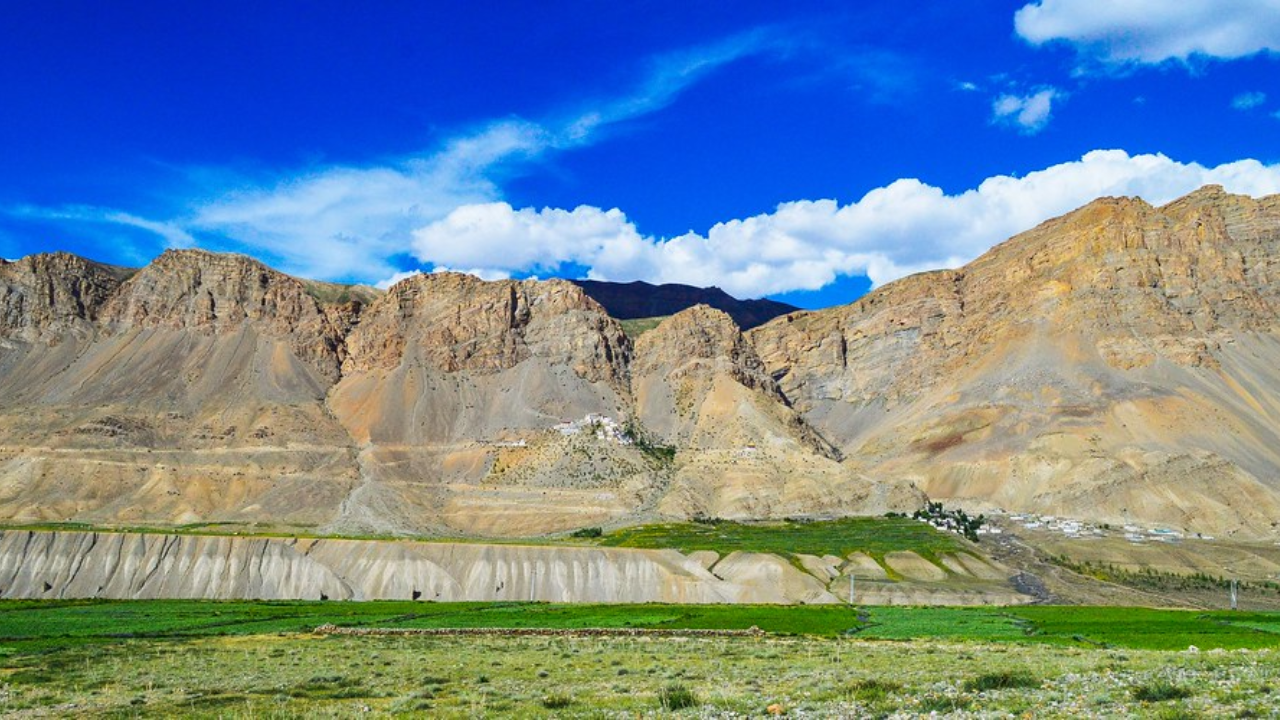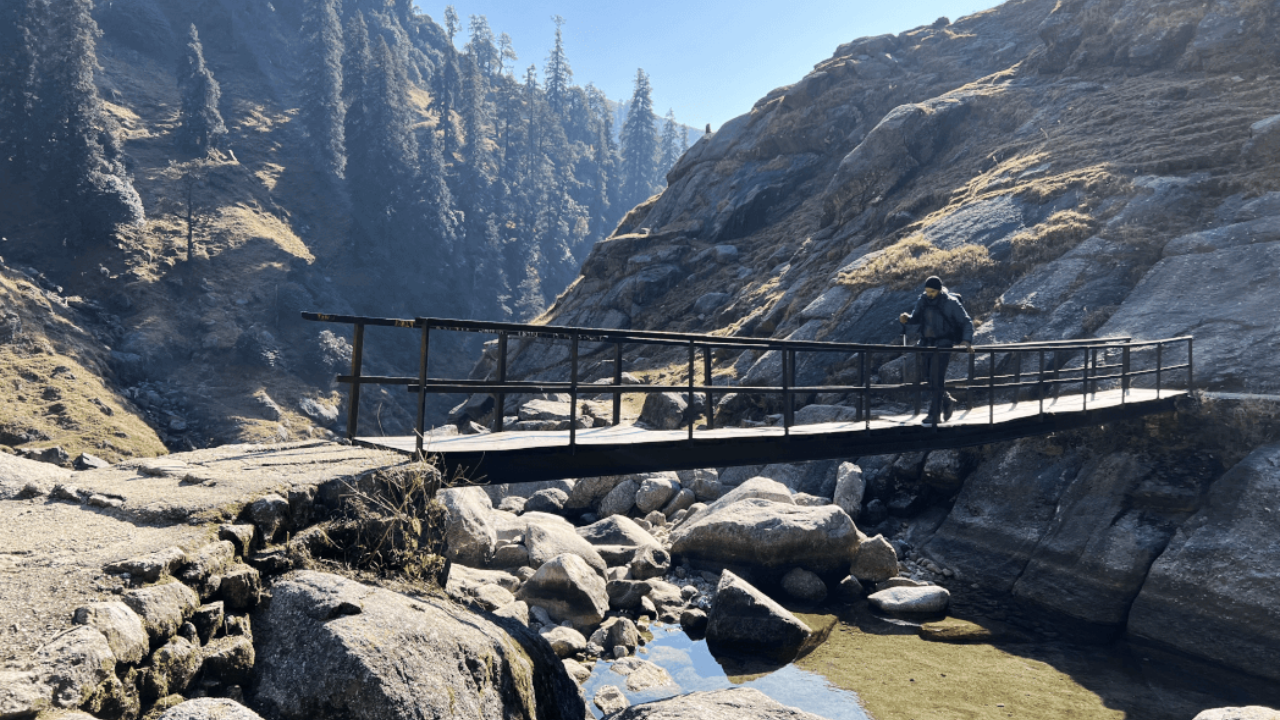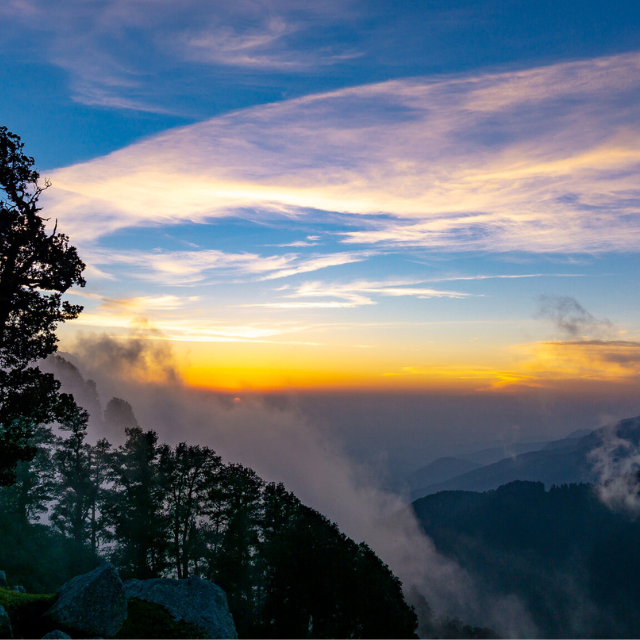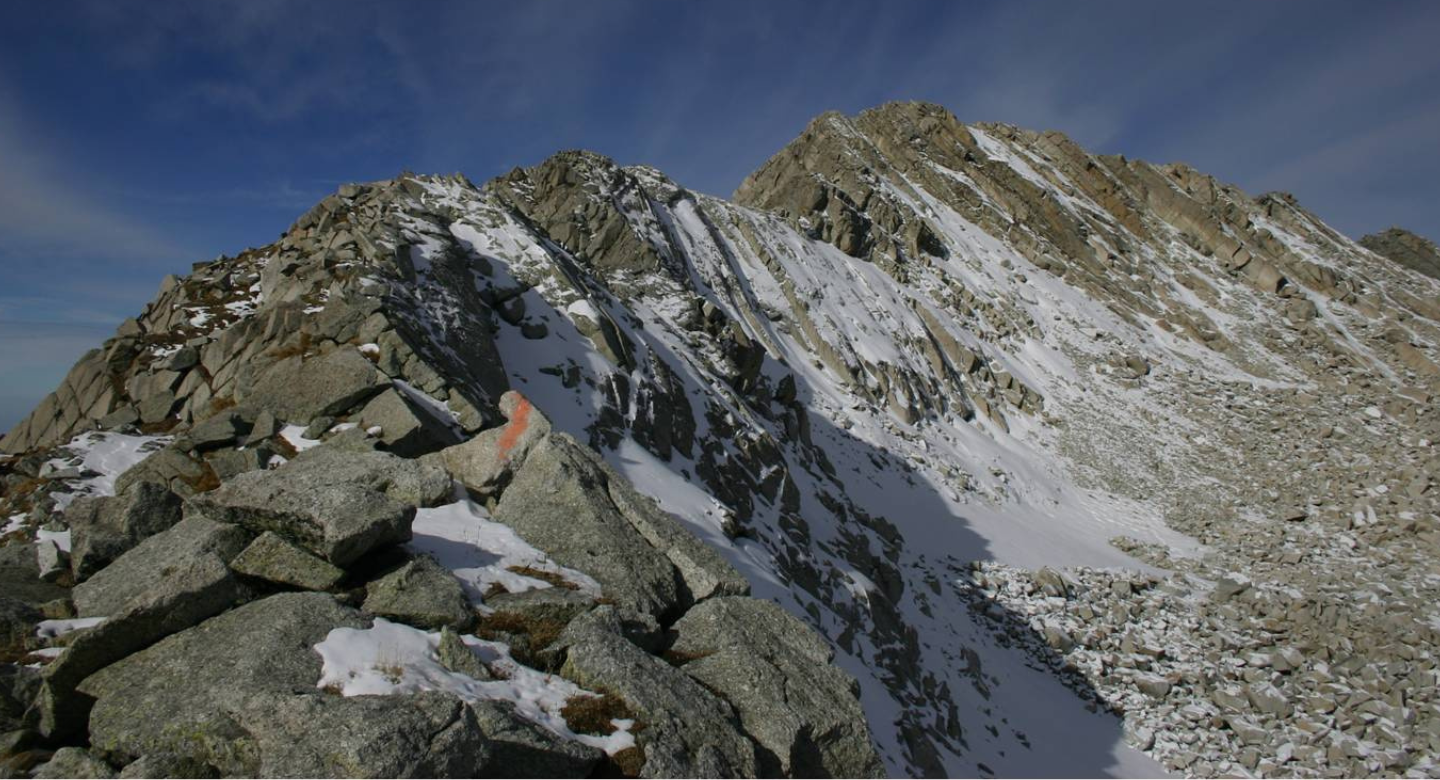
Pin Parvati Pass Trek
11 Days
110 Km
17,500 ft
18+
Difficult
The Pin Parvati Pass Trek is an exhilarating high-altitude adventure that connects the Parvati Valley in Himachal Pradesh to the Pin Valley in Spiti. Known for its rugged terrain, pristine landscapes, and breathtaking vistas, this trek takes you through a blend of lush green meadows, dense forests, alpine glaciers, and barren landscapes. The trek involves crossing the Pin Parvati Pass at an altitude of 5,319 meters (17,450 feet), making it a challenging and rewarding experience for seasoned trekkers. It's a unique opportunity to experience the dramatic transition between the lush valleys of Kullu and the arid desert-like landscapes of Spiti.
Highlights
- Stunning Views: The trek offers spectacular views of towering snow-capped peaks, alpine meadows, and glaciers, providing an unforgettable visual treat for nature lovers and adventure seekers.
- Adventure & Challenge: With a challenging terrain and an altitude that tests your endurance, it’s a perfect trek for seasoned trekkers looking for a more demanding experience.
- Cultural Diversity: The trek takes you through different valleys, allowing you to explore both the rich culture of the Parvati Valley and the stark, remote beauty of Spiti.
- Untouched Wilderness: It’s one of the few treks that offer the chance to experience pristine, untouched landscapes, with very few trekkers on the trail.
- Alpine Flora & Fauna: The diverse ecosystems along the route support rich flora and fauna, making it a paradise for wildlife enthusiasts and photographers
Included/Excluded
Select Dates
Guest in maximum
BOOK NOWBook With Confidence
Itinerary for
Pin Parvati Pass Trek
Day 1
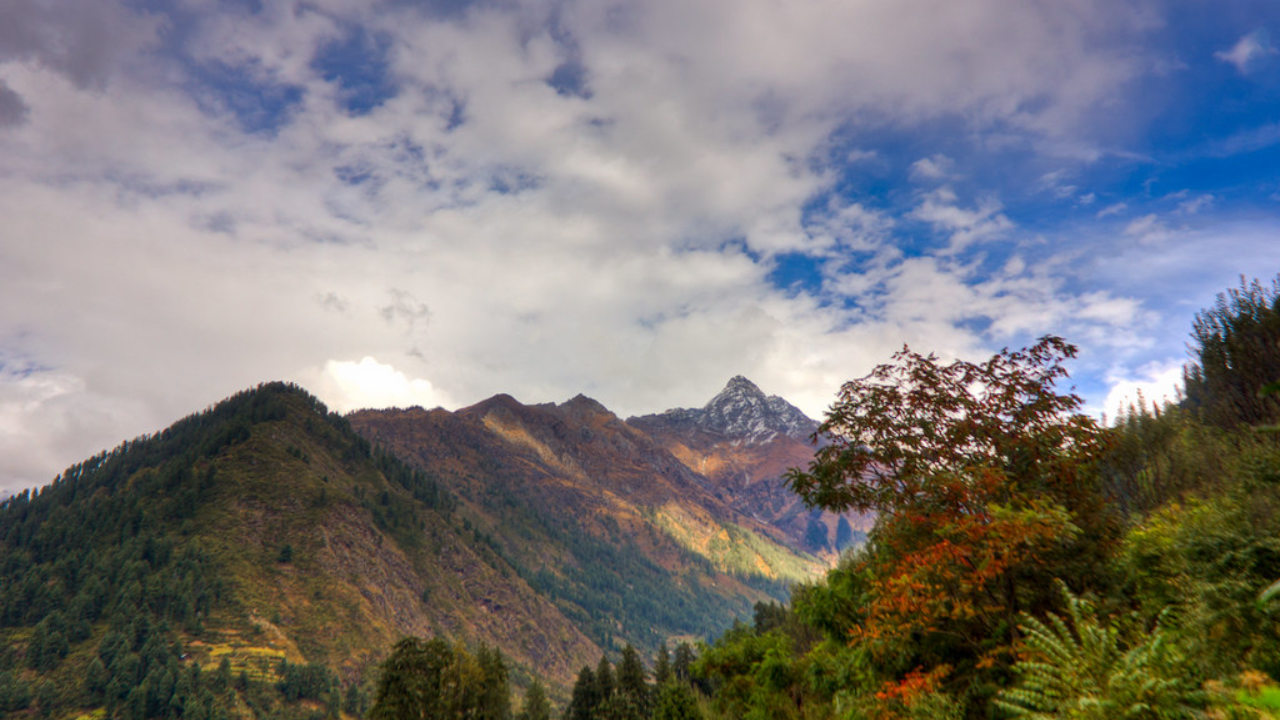
Day 2
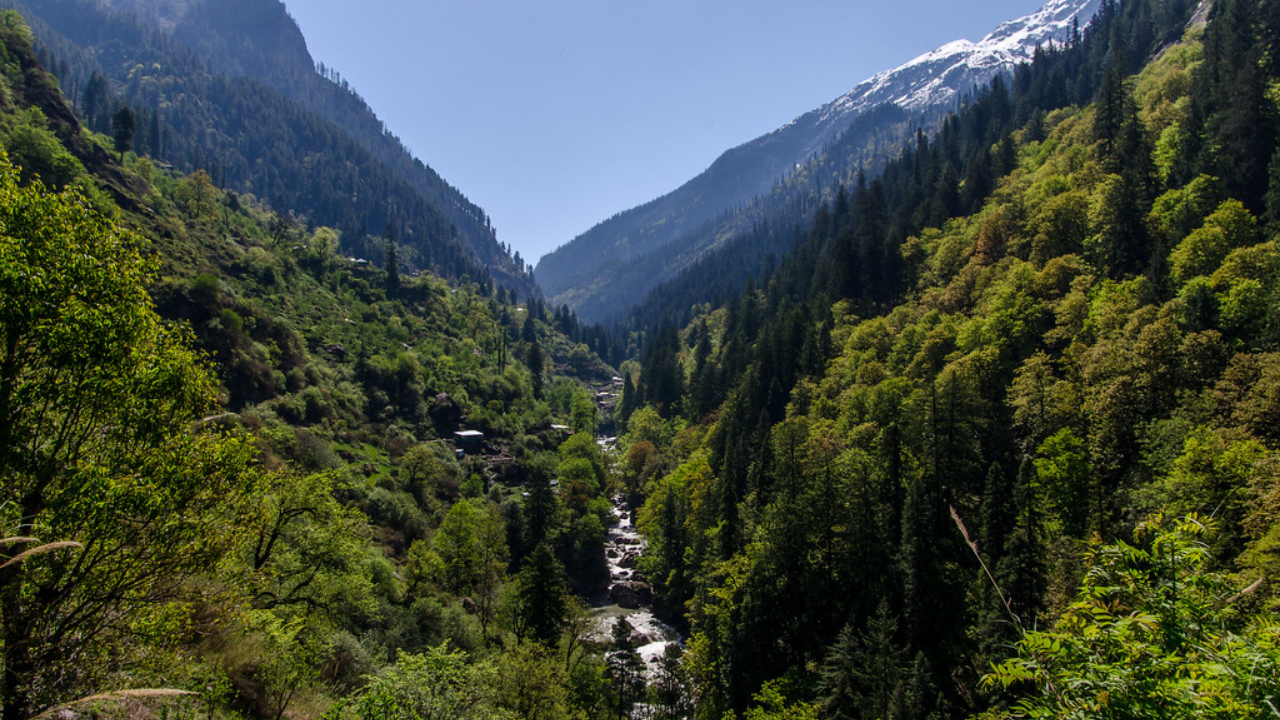
Day 3
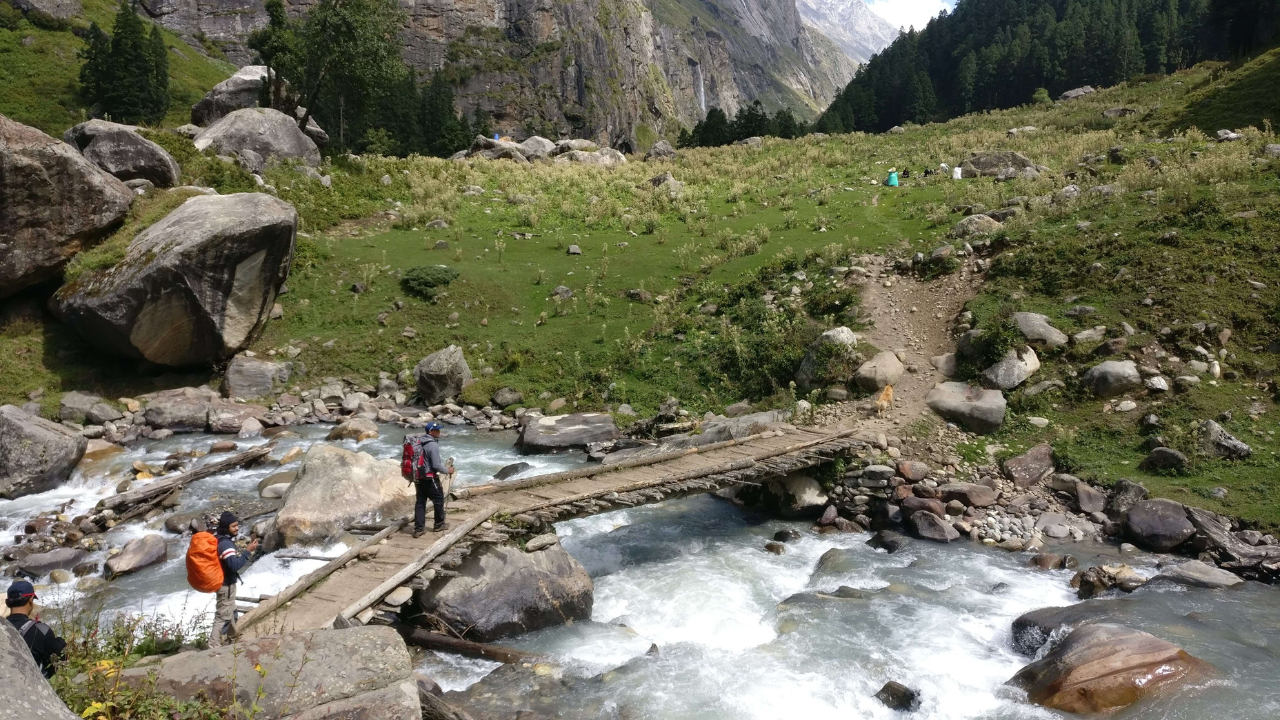
Day 4
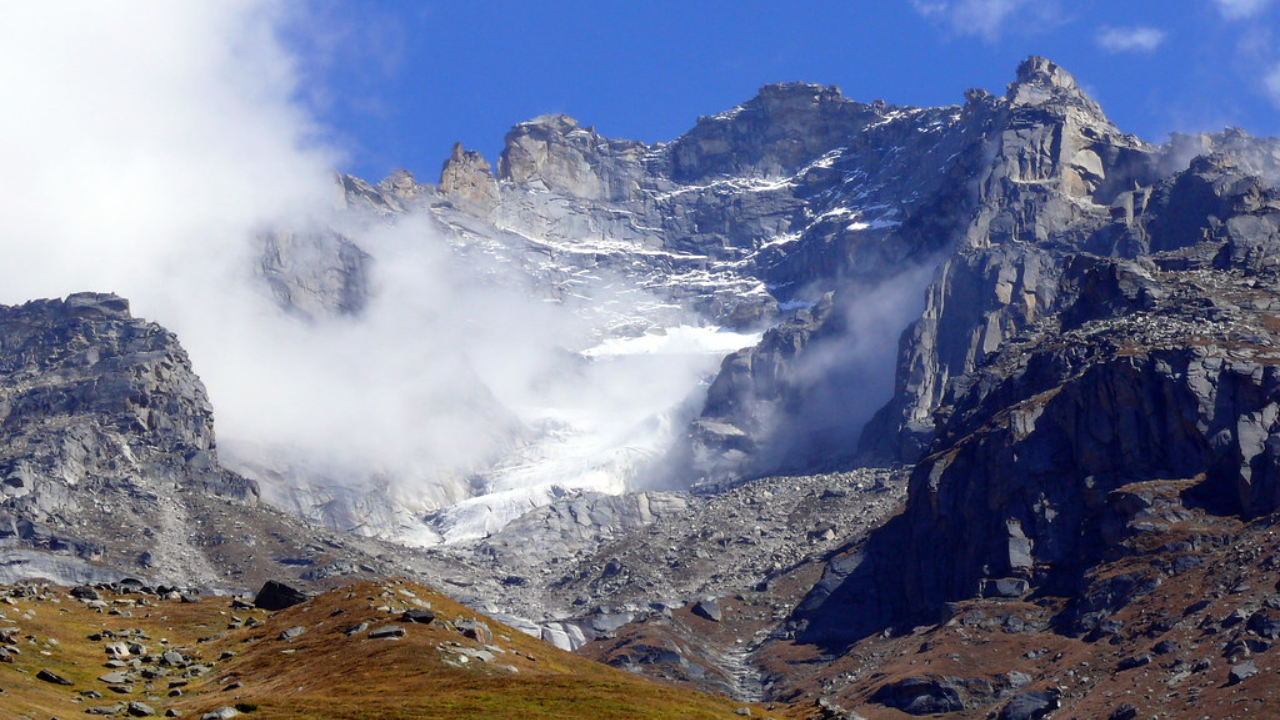
Day 5
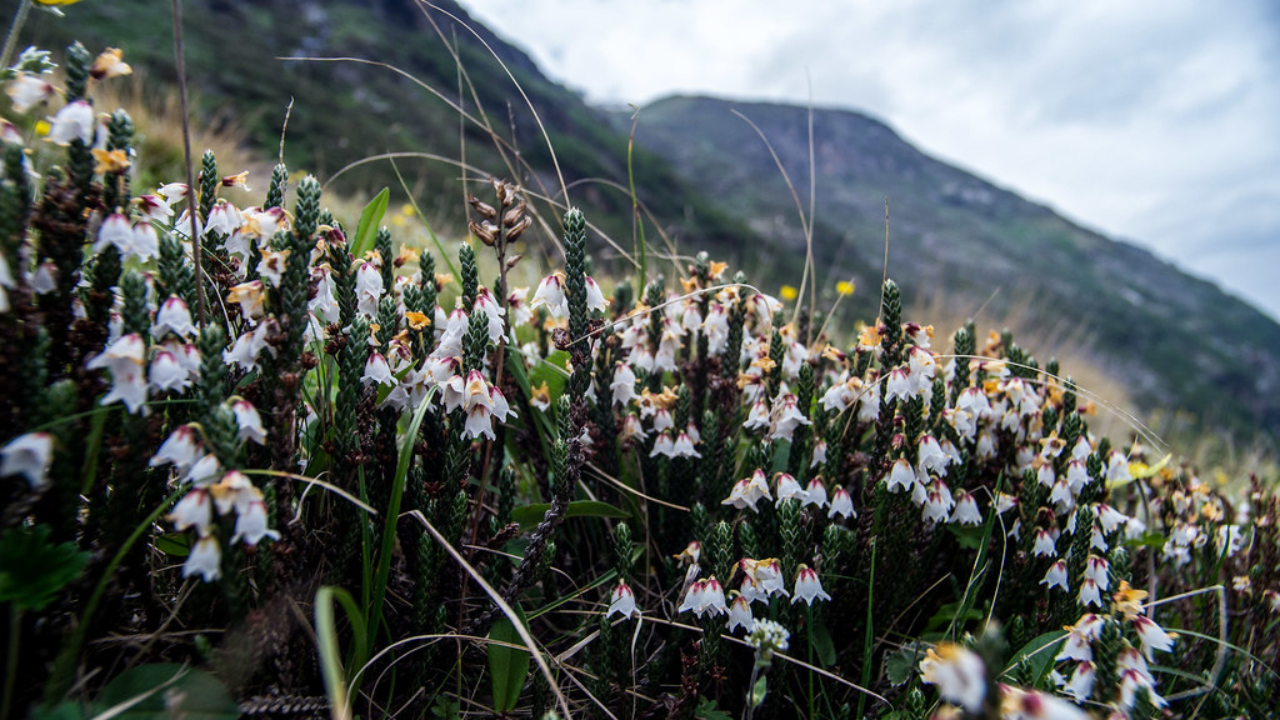
Day 6
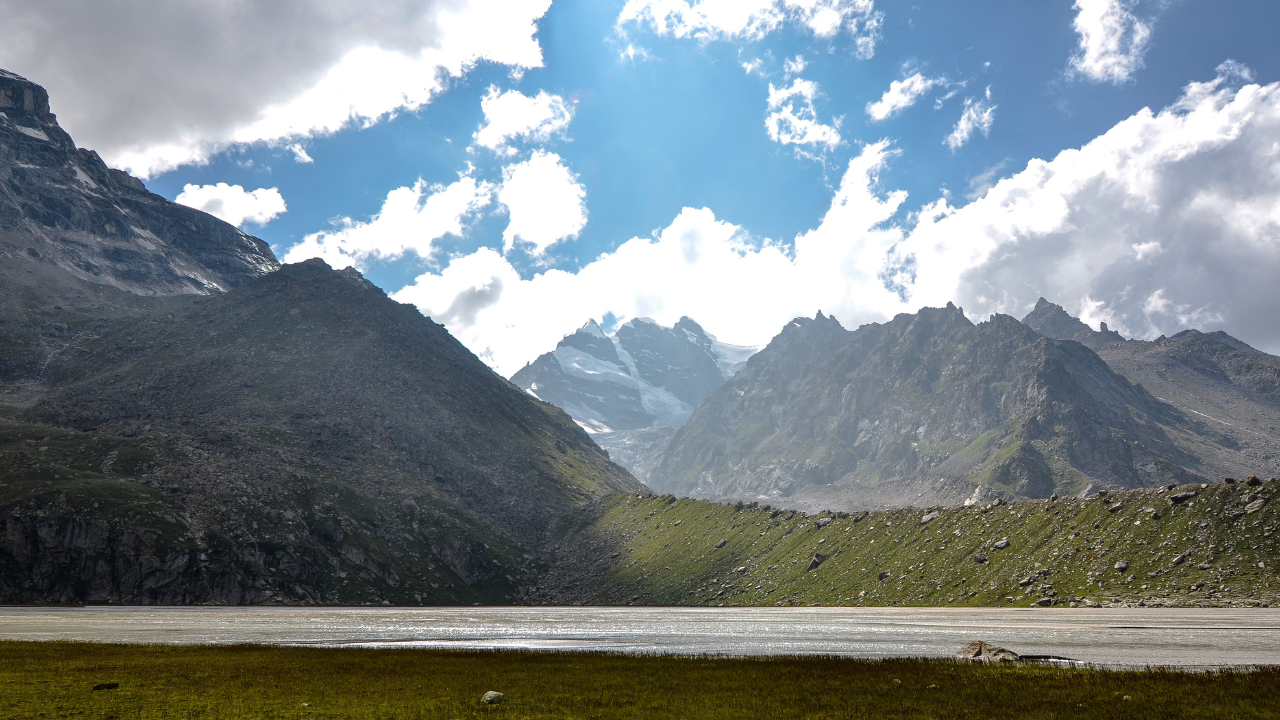
Day 7
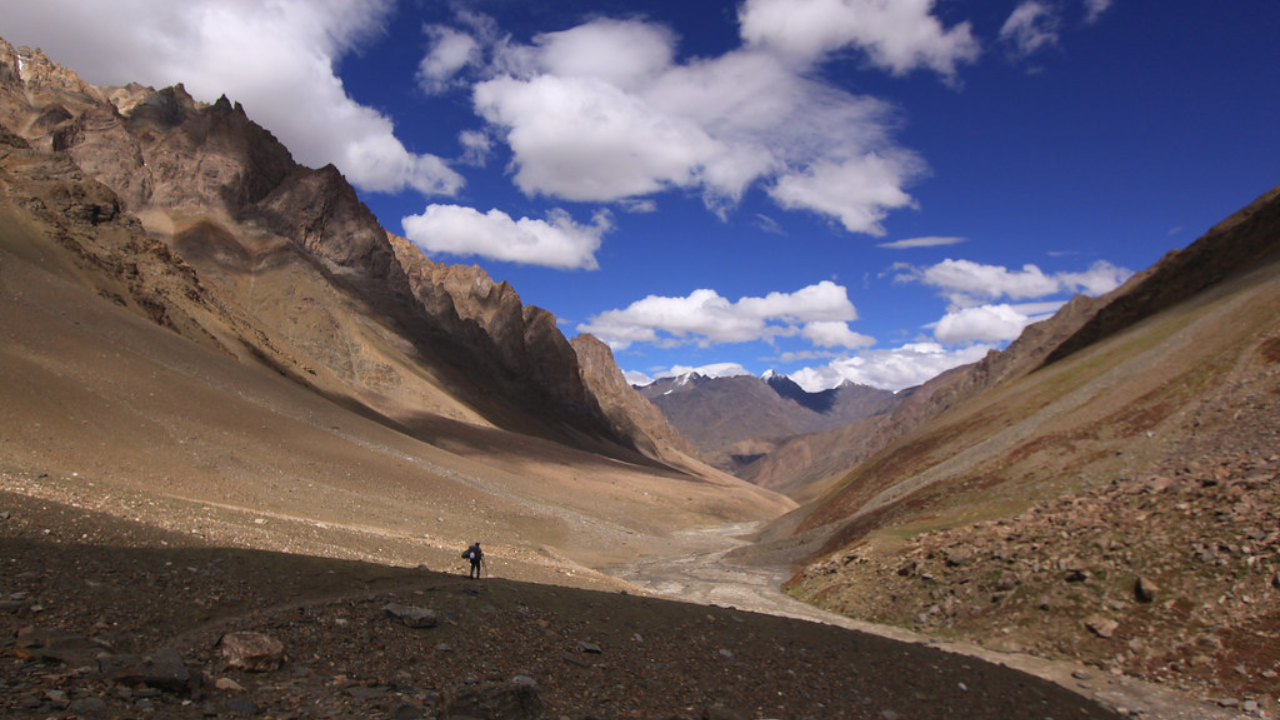
Day 8

Day 9

Day 10
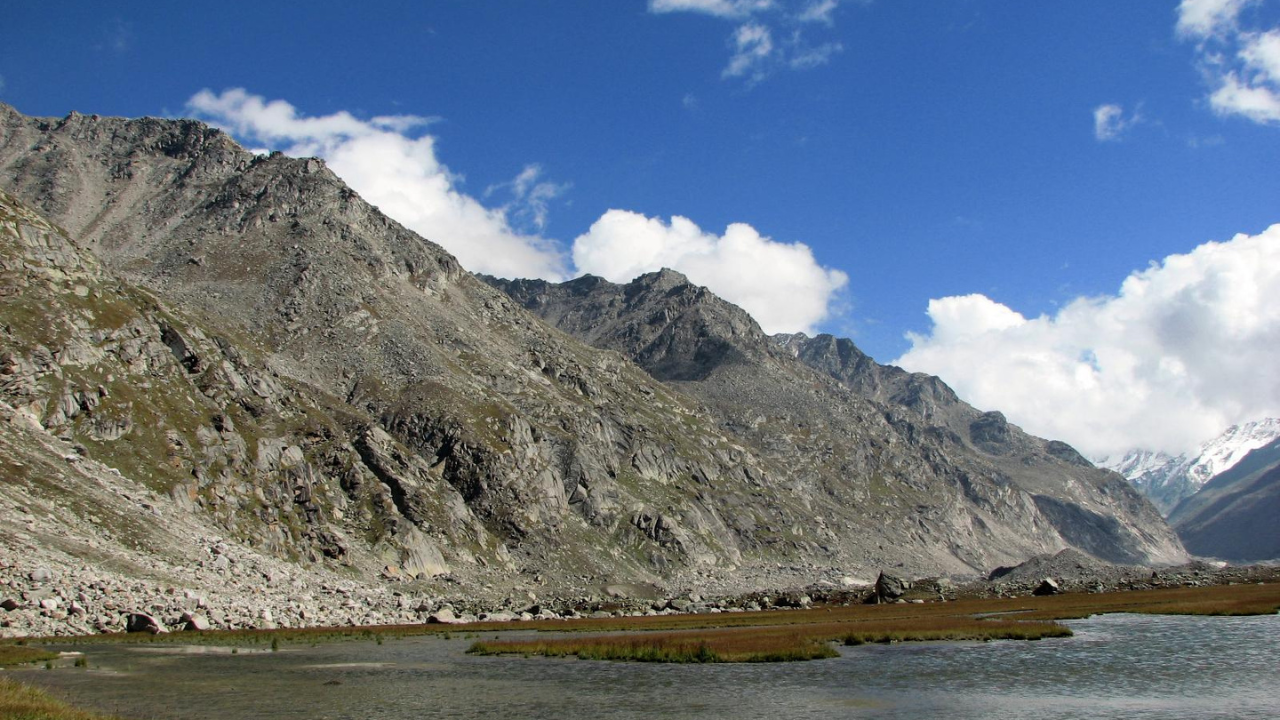
Day 11

Complete Pin Parvati Pass Trek Information
The best time to do the Pin Parvati Pass Trek is from July to September, when the trail is accessible, and the weather is relatively stable.
July to Early August: The trek is lush and green with blooming wildflowers in the Kullu Valley, but rainfall is frequent, making trails slippery. Snow is still present at higher altitudes, and temperatures range from 10°C to 15°C during the day and 0°C to 5°C at night.
Mid-August to September: This is the ideal time with clearer skies and stunning views of the Parvati and Spiti valleys. The meadows are vibrant, and the weather is more stable, with daytime temperatures between 8°C to 14°C and nighttime temperatures dropping to -2°C to 4°C.
By Road:
Manali is conveniently connected to Delhi by road, making it one of the most popular routes for travelers. You can take an overnight bus from Delhi's ISBT (Interstate Bus Terminal), Kashmiri Gate, or from Majnu-ka-Tila. The journey typically takes around 12-14 hours, offering a comfortable ride with scenic views of the mountains and rivers along the way. Private taxis and car rentals are also available for those preferring a more flexible travel option, allowing you to stop and explore the picturesque landscapes en route.
By Train:
The nearest railway station to Manali is Joginder Nagar, located approximately 163 kilometers away. From Joginder Nagar, you can hire a taxi or take a bus to reach Manali, which takes about 5-6 hours. The train journey itself is scenic, passing through the lush greenery of the Kangra Valley and offering stunning views of the Dhauladhar range. It is advisable to book tickets in advance, especially during the peak tourist season.
By Air:
The closest airport to Manali is the Kullu Manali Airport in Bhuntar, situated around 50 kilometers away. Flights to Bhuntar are available from major Indian cities, and upon arrival, you can hire a taxi to reach Manali. The taxi fare typically ranges between Rs. 700 to Rs. 1,000. The drive from Bhuntar to Manali is picturesque, winding through the Kullu Valley with spectacular views of the Beas River and surrounding hills.
Pack smart, trek safe!
Ensure you're prepared for every adventure with this essential checklist of gear and supplies. Whether you're a beginner or a seasoned trekker, the right equipment makes all the difference. Download checklist's pdf here
Basic Gear
| Backpack with Rain Cover | (40 - 50 ltr) Comfortable Shoulder Straps |
| Day pack with Rain Cover | 20 - 30 ltr (If off-load opted) |
| Walking stick | Advisable (At least one) |
| Water Bottle / Hydration pack | 2 Bottles(1 liter each), Hydration Pack 1 (Pack) + Bottle |
| Small size tiffin/lunch box | 1 Nos |
| Snacks | Energy bars, dry fruits, electral/ors |
| Personal Medical Kit | Consult your doctor |
Clothing
| T-Shirt (Synthetic quick dry) | 1 Full & 1 Half sleeves |
| Fleece T-shirt | 1 Nos |
| Wind stopper / Fleece jacket | 1 Nos |
| Windproof Jacket | 1 Nos |
| Down feather / Hollow jacket | 1 Nos |
| Thermal inner (Upper and Lower) | 1 Nos |
| Trek Pant (Synthetic quick dry) | 1 Nos |
| Wind stopper / Fleece Pant | Not required |
| Waterproof gloves | Not required |
| Fleece / woollen gloves | 1 Pair |
| Poncho / waterproof Jacket and pant | 1 Nos |
Head Gears
| Head torch | 1 Nos. (Avoid Hand torch) |
| Sun cap | 1 Nos. (One that covers the neck as well) |
| Woolen cap | 1 Nos. |
| Balaclava | Not required |
| Buff / Neck-gaiters | 1 Nos |
| Sunglasses | UV with dark side cover, People who wear spectacles - (A)- Use contact lenses | (B)- Photo chromatic glasses |
Foot Gears
| Trekking shoes | 1 Pair (Waterproof, high ankle with good grip) |
| Floaters / flip-flops | 1 Pair |
| Cotton socks | 6 pairs |
| Woollen socks | 1 pairs |
| Gaiters | 1 Pair (TTH provides when required) |
| Micro spikes | 1 Pair (TTH provides when required) |
Personal Utilities
| Sunscreen cream | 1 Nos |
| Moisturiser | 1 Nos |
| Chap-stick / Lip balm | 1 Nos |
| Toothbrush and toothpaste | 1 Nos |
| Toilet paper & Wipes | 1 Nos |
| Soap / hand sanitizers | 1 Nos |
| Antibacterial powder | 1 Nos |
| Quick dry towel | 1 Nos |
At Scoutripper, we understand that plans can change. You can reschedule your booking up to 24 hours before your experience begins. Changes are subject to availability and any applicable price adjustments. Rest easy knowing your adventure is flexible!
At Scoutripper, we value flexibility but also adhere to clear cancellation guidelines:
- Full Refund: Cancel at least 6 full days before the experience starts.
- 50% Refund: Cancel between 2 and 6 full days before the start time.
- No Refund: Cancellations made less than 2 full days before the experience start time will not be refunded.
Additionally:
- Changes are not accepted less than 2 full days before the experience begins.
- Cut-off times are based on the local time of the experience.
- Some experiences require a minimum number of participants. If the minimum isn’t met, you’ll receive a full refund or the option to reschedule.
Enjoy peace of mind with our clear and transparent policies!
Mobile Network:
Kaza is the last place with mobile network coverage.
BSNL works in Kaza, and there might be weak signals in Kibber.
Make important calls and inform the family about poor connectivity during the trek.
Last ATM:
Kaza has the last ATM before the trek.
An SBI branch is available for bank transactions.
FAQs about
Pin Parvati Pass Trek
The Pin Parvati Pass trek is a challenging high-altitude trek that connects the Kullu Valley (Parvati Valley) to the Spiti Valley in Himachal Pradesh, India. The trek crosses the Pin Parvati Pass at an altitude of 5,319 meters (17,450 feet) and offers stunning views of the Himalayan landscapes.
The trek is considered one of the most difficult treks in India due to its high-altitude crossing, challenging terrain, and long duration. It requires strong physical fitness, stamina, and experience in trekking at high altitudes.
The trek typically takes around 9 to 12 days to complete, depending on the specific itinerary. This includes the time needed for acclimatization and to traverse the tough terrain of the trek.
The best time for the Pin Parvati Pass trek is between mid-June and mid-September. During this period, the weather is relatively stable, with clear skies and the snow in the region starts to melt, making the trail more accessible.
The highest point of the trek is the Pin Parvati Pass itself, which stands at an altitude of 5,319 meters (17,450 feet). The pass offers breathtaking views of the Spiti Valley and the surrounding mountain ranges.
The trek usually starts from the village of Barshaini, which is located about 20 kilometers (12 miles) from Kullu. You can reach Barshaini by road from Manali, which is well-connected to major cities like Delhi, Chandigarh, and Leh.
Key highlights include crossing the challenging Pin Parvati Pass, witnessing the pristine beauty of Parvati Valley and Spiti Valley, experiencing alpine meadows, glaciers, and pristine rivers, and camping under the stars in remote, scenic locations.
Essential items include warm clothing (including layers, thermal wear, and a down jacket), sturdy trekking boots, a sleeping bag, trekking poles, a first-aid kit, sunscreen, a hat, a camera, and high-energy snacks. You’ll also need a rain jacket and waterproof gear for unexpected weather.
Yes, camping is an integral part of the trek. You will camp at different locations along the route, such as near the Parvati River, Odi Thach, and near the Pin Parvati Pass. It’s essential to bring suitable camping equipment, which is often provided by trekking agencies.
While solo trekking is possible, it’s highly recommended to go with a guide or as part of an organized group, especially for such a tough and remote trek. The terrain is challenging, and the high-altitude conditions make navigation and safety crucial. A guide will help with route finding, acclimatization, and emergencies.


